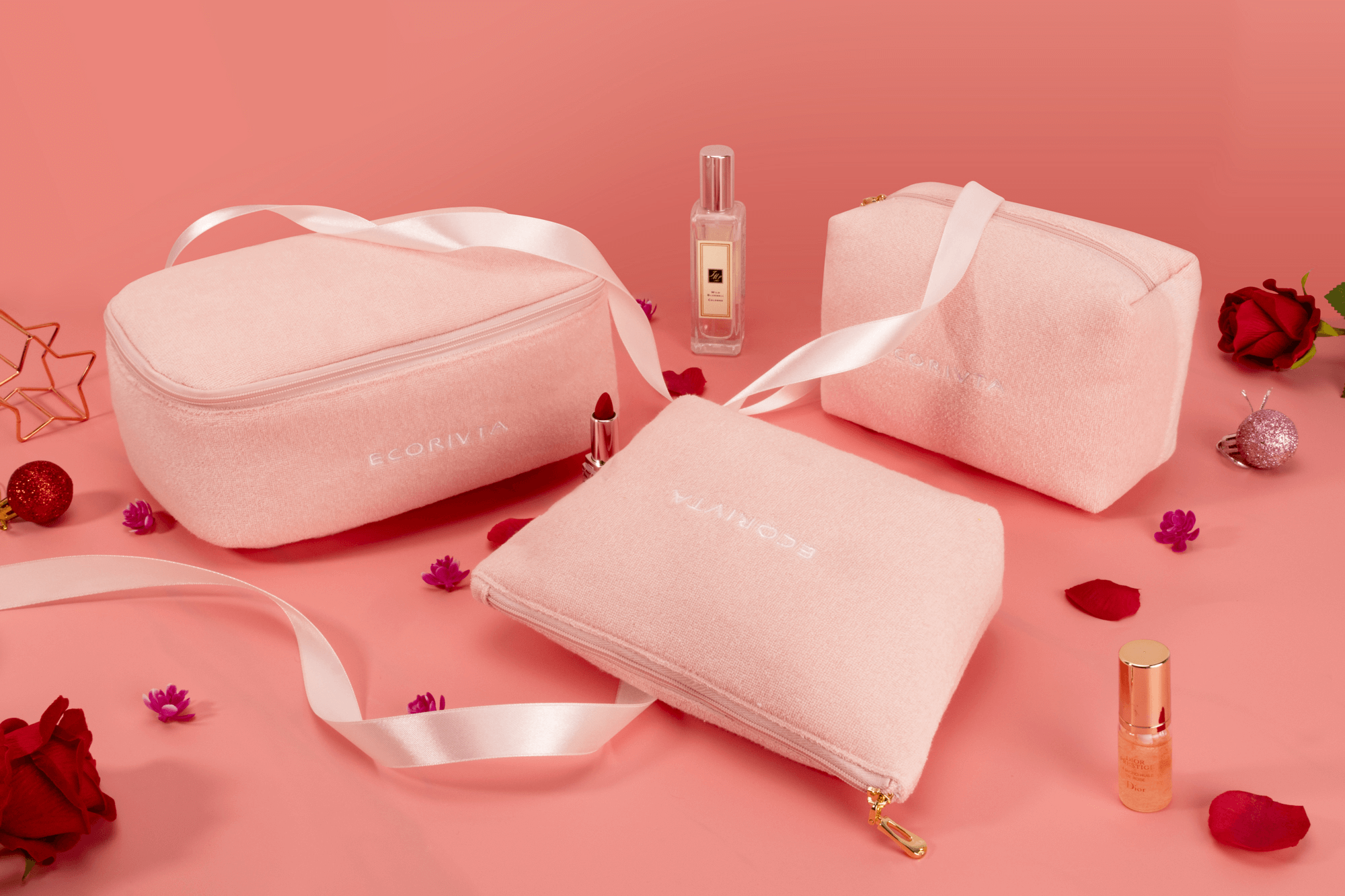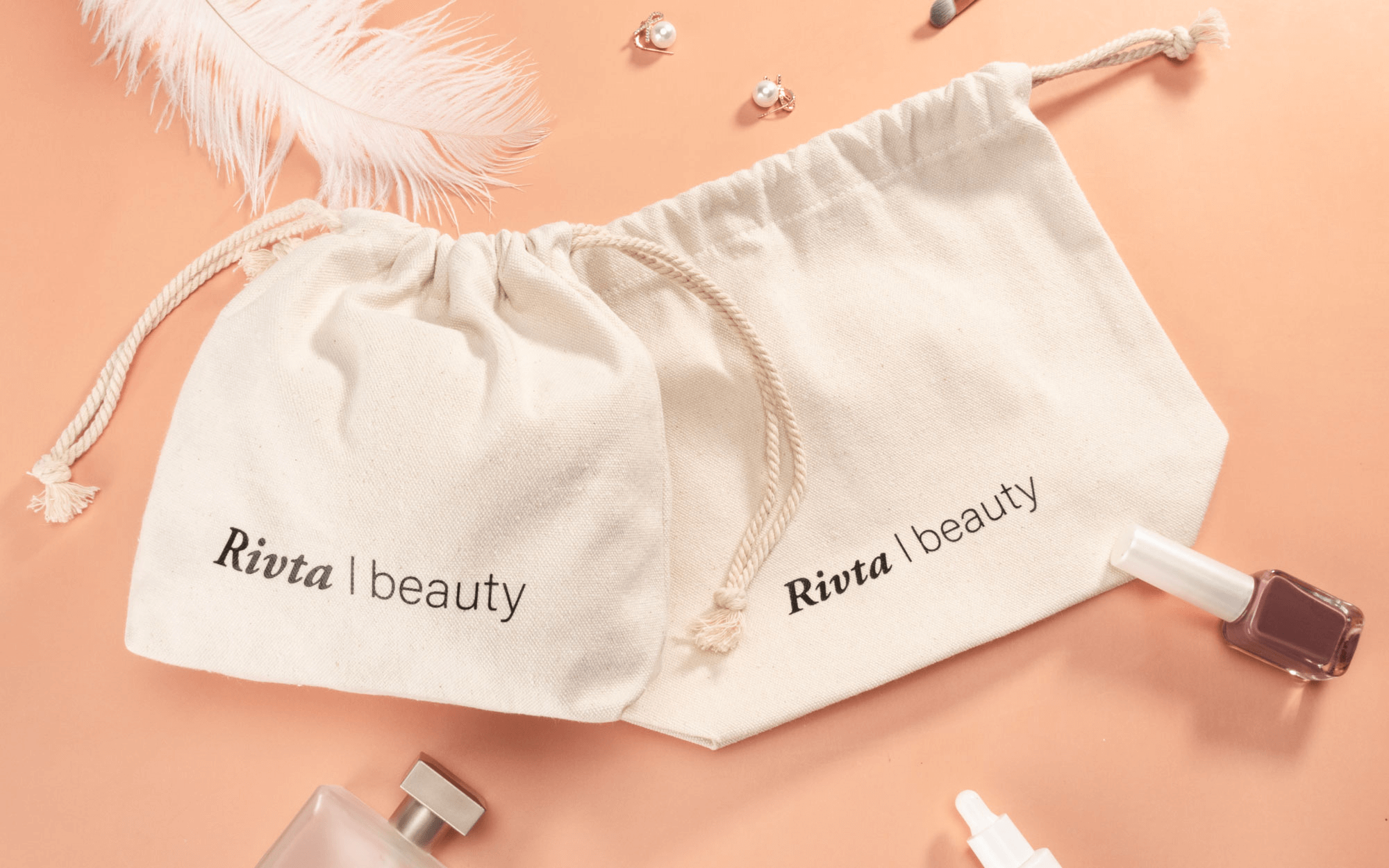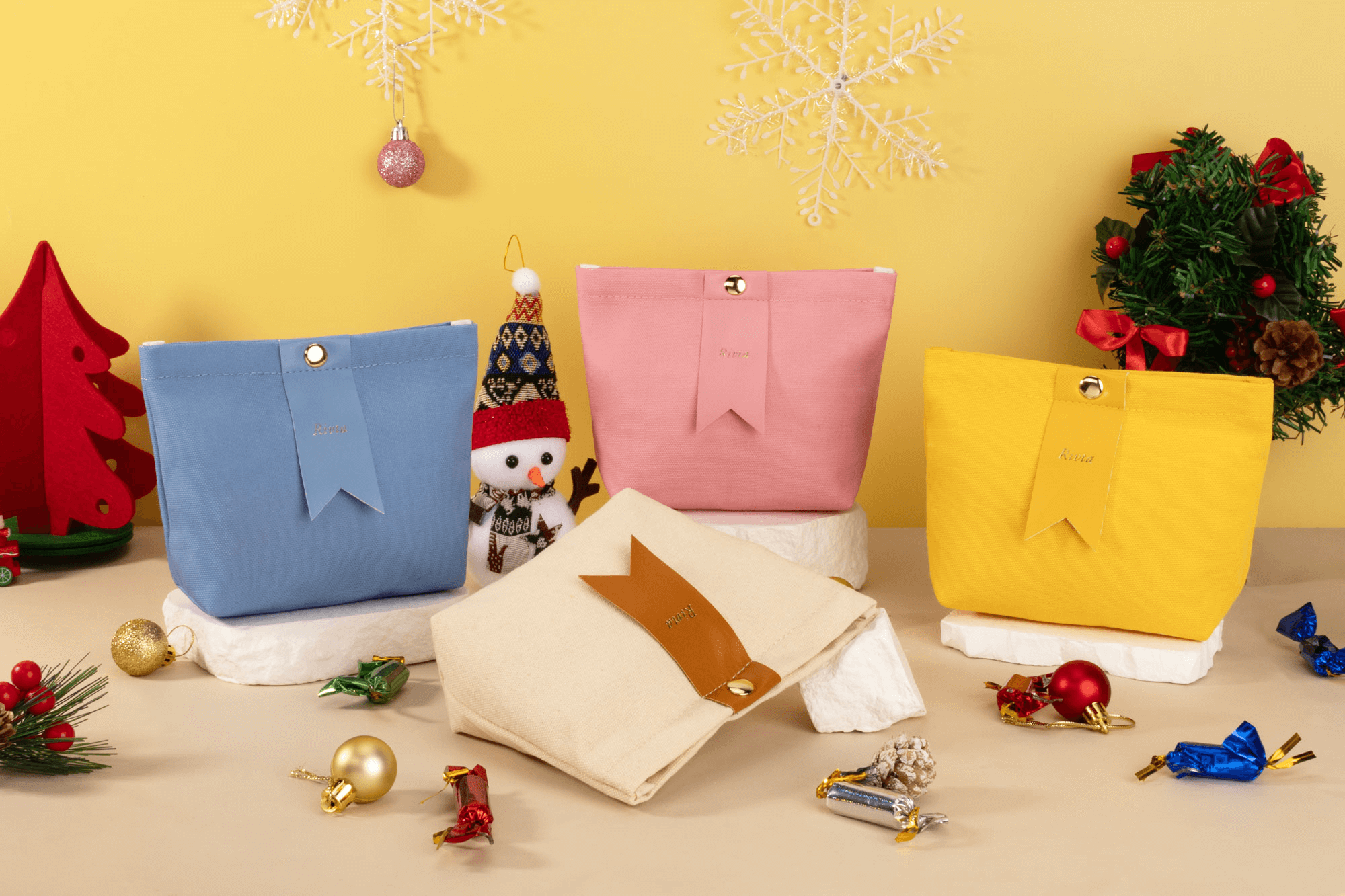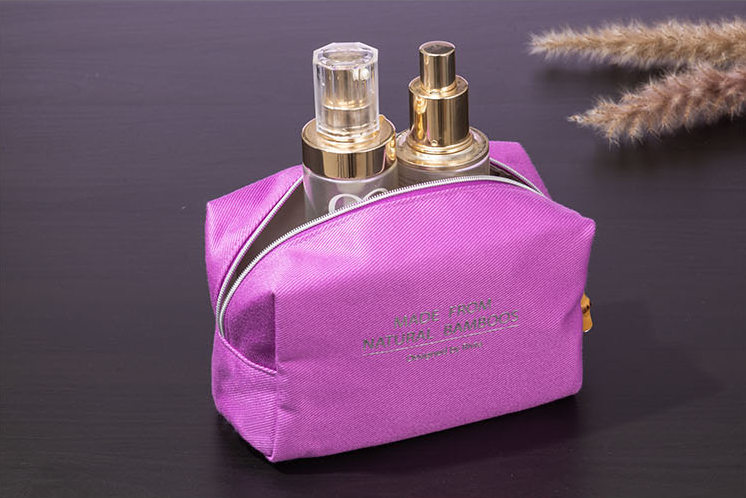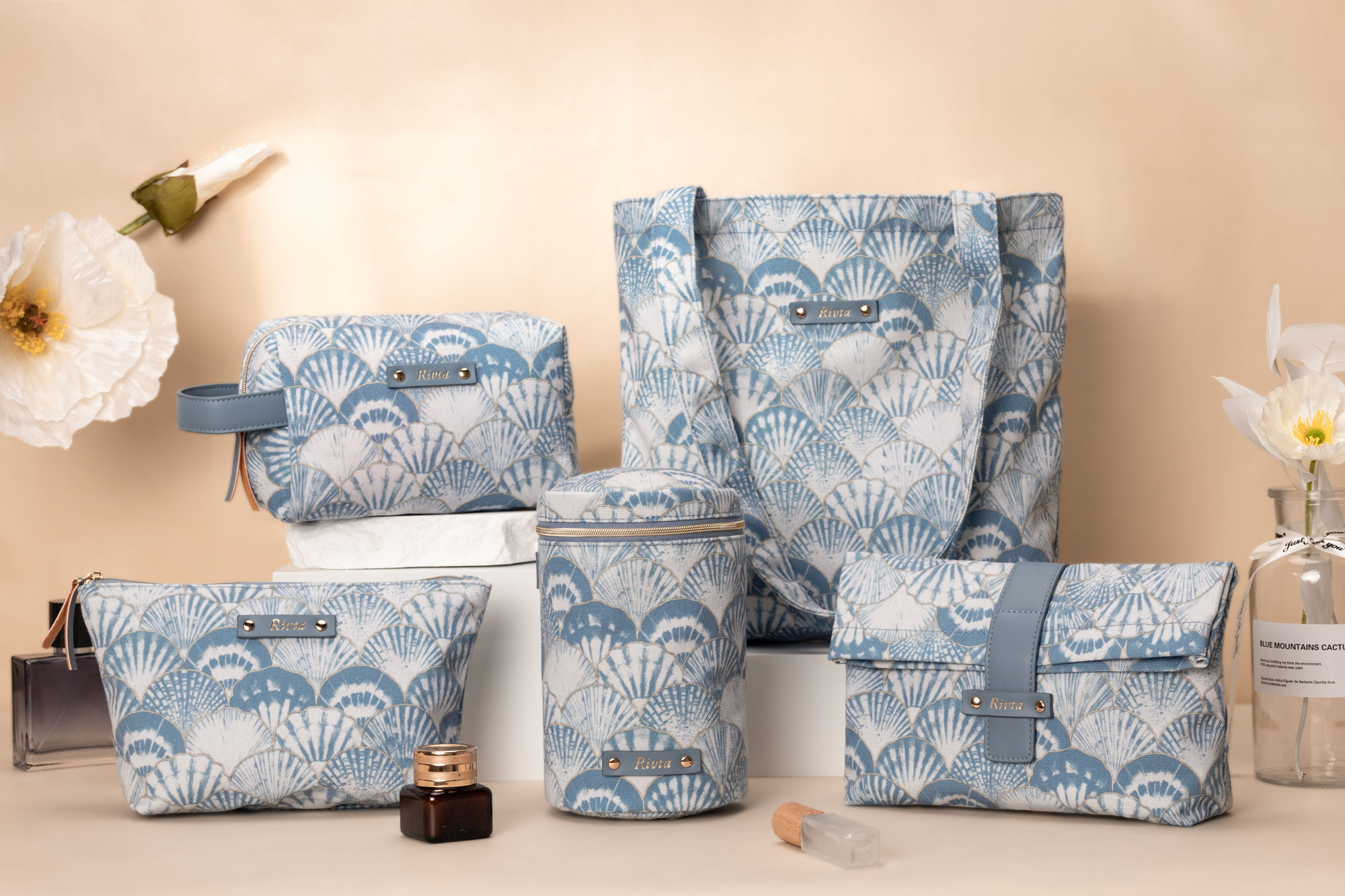Are You Making These 4 Costly Mistakes When Sourcing Private Label Makeup Bags?
Sourcing makeup bags seems easy, but hidden costs can ruin your budget. These problems can delay your launch and hurt your brand. Here’s how to avoid common costly mistakes.
The most costly mistakes include ignoring production terms like MOQ, skipping quality control, choosing a material that doesn't fit your brand, and miscalculating the final landed cost. These oversights lead to budget problems, delays, and unhappy customers.
Over my 30 years in this business, I've seen brands make the same mistakes over and over. A project manager like Phoebe gets excited about a new bag design but overlooks the practical details of manufacturing. These errors don't just cost money; they can damage a brand's reputation. I want to share what I've learned working in my factory so you don't fall into the same traps. Let's break down these four key areas to ensure your next sourcing project is a smooth success.
Are You Ignoring MOQs, Lead Times, and Sample Policies?
You found a great supplier, but unexpected terms are causing delays. Now your marketing calendar is at risk, and costs are climbing. You must understand these key policies before placing an order.
Always confirm the Minimum Order Quantity (MOQ), production lead times, and sample policies upfront. Ignoring these can lead to forced larger orders, missed launch dates, and surprise costs for prototypes. These details are fundamental to your project's timeline and budget.
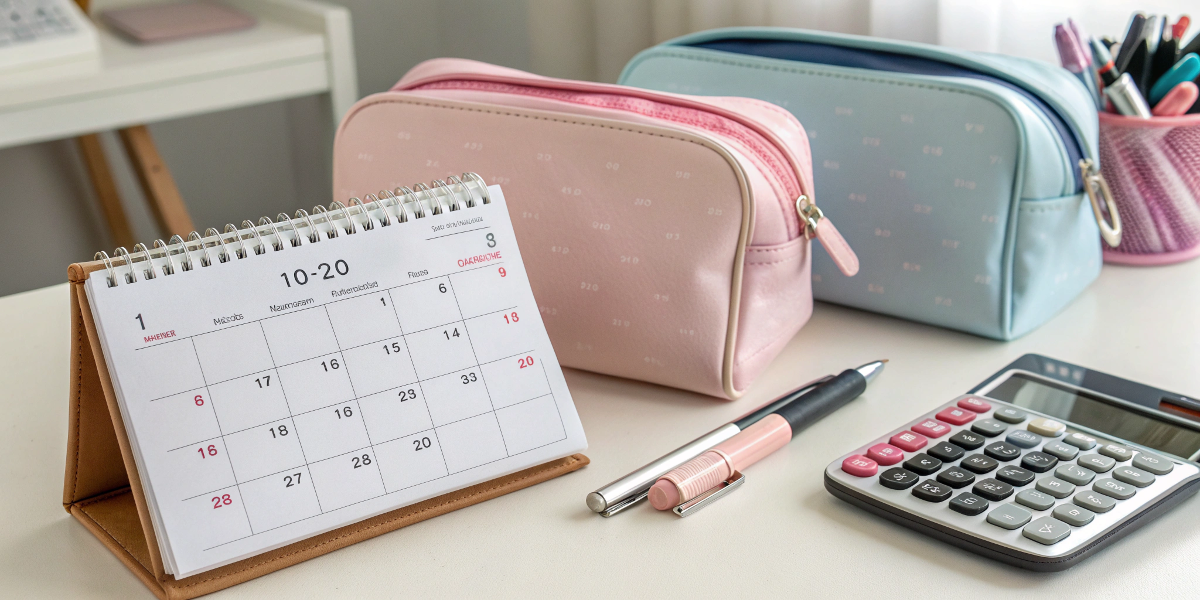
Understanding a factory's core policies is non-negotiable. I remember a new project manager who nearly missed a holiday launch. She assumed our standard lead time applied to her custom-printed fabric, but custom materials always add time to the schedule. It’s crucial to get these details in writing before you commit.
Key Production Terms to Verify
Before you agree to anything, you need clear answers. These terms form the foundation of your production plan and budget.
| Term | What to Ask | Why It Matters |
|---|---|---|
| MOQ | What is the MOQ? Does it change for custom colors or materials? | This affects your initial investment and inventory risk. |
| Lead Time | When does the production clock start? After sample approval? | This determines your launch timeline. It's often longer than you think. |
| Samples | Is the sample fee refundable? How long do they take to make? | This manages your pre-production budget and schedule. |
Always ask us for a detailed production timeline. This should show milestones like material sourcing, sample approval, mass production, and shipping. A clear timeline avoids confusion and keeps everyone on the same page. This is how we build trust with partners like you.
Are You Skipping Essential Quality Control Checks?
Your shipment of bags has arrived, but many have defects. Now you are dealing with returns, unhappy customers, and potential brand damage. A proper inspection plan prevents these disasters.
You must establish clear quality standards using an AQL (Acceptable Quality Limit) like 2.5/4.0. Conduct a pre-shipment inspection to check against a detailed list for issues like stitching, zippers, and printing. This ensures problems are fixed before products leave the factory.
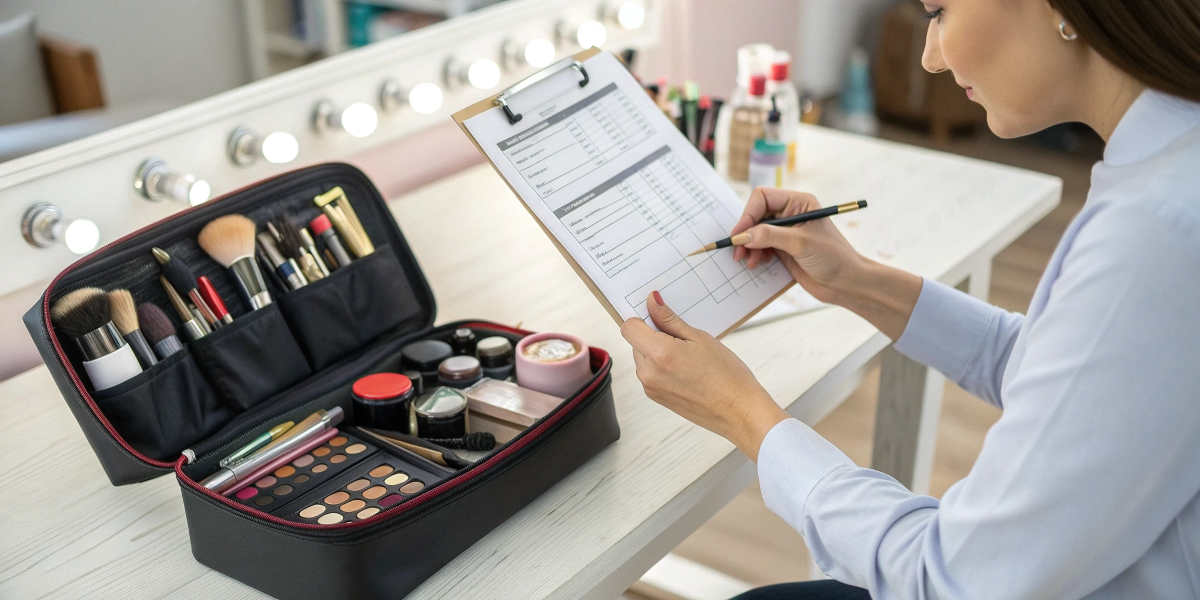
Quality is not an accident; it is the result of a clear system and process. A customer once skipped the pre-shipment inspection to save a few hundred dollars. The bags arrived with a slight color mismatch on the zipper puller. It was a small detail, but it cost them thousands to fix and delayed their retail launch by weeks.
Defining Your Quality Standard
AQL tells the factory how many defects are acceptable in an order. For consumer goods like makeup bags, AQL 2.5/4.0 is a common industry standard.
| Defect Type | Example | Impact |
|---|---|---|
| Critical | A sharp edge or broken needle inside the bag | Could harm the user. The entire order could be rejected. |
| Major | A broken zipper or a handle that rips off | The bag cannot be used as intended. |
| Minor | A single loose thread or a tiny spot | A small cosmetic issue that doesn't affect function. |
We provide an inspection checklist to our clients before production starts. This list covers everything from material checks to packaging requirements. This way, everyone knows the expectations. A final inspection then confirms that your products meet the standard you paid for. It's a small investment that protects your entire order.
Are You Choosing the Wrong Material for Your Brand?
Your eco-friendly brand launched a new makeup bag. But customers discovered the material was just standard PVC. This mistake damages brand trust and credibility. Align your materials with your brand message.
Choose materials that match your brand's values and your product's function. RPET is great for sustainability, TPU offers a premium feel and durability, while PVC is a budget-friendly option. For eco-conscious brands, GRS certification for recycled materials is a must.
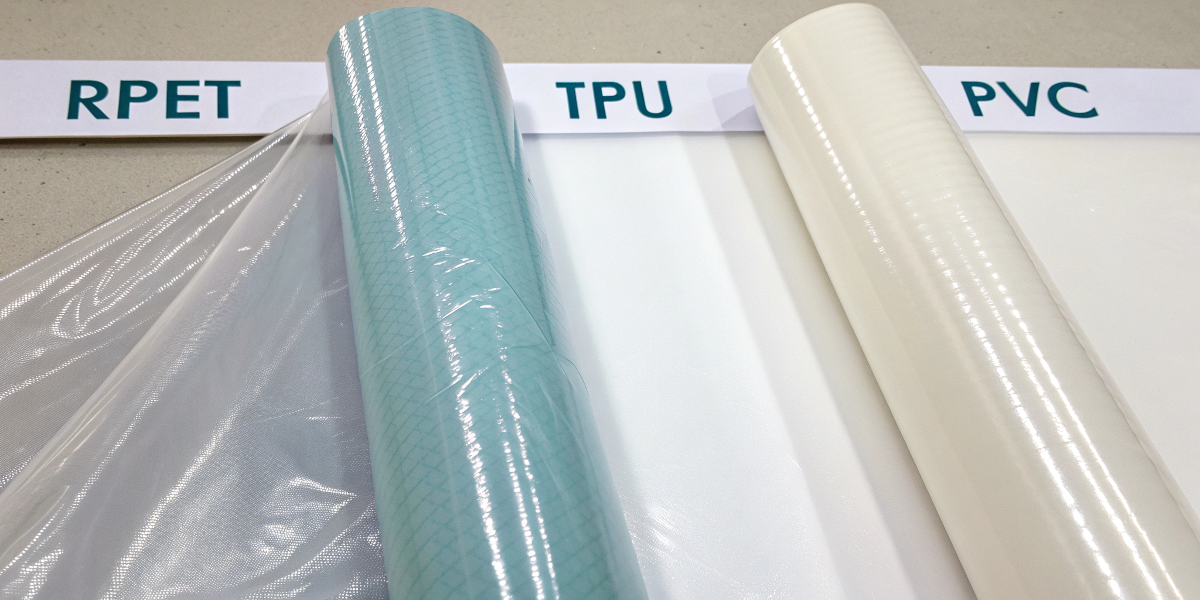
Your material choice tells a story about your brand. I worked with a clean beauty company that insisted on using RPET made from recycled water bottles. It perfectly matched their sustainable mission. We made sure the material was GRS certified to give them authentic proof for their marketing claim. This authentic commitment to green practices really connected with their customers. It proved that the material is just as important as the design.
Comparing Common Materials
Each material has its pros and cons. The right choice depends on your budget, design, and brand identity.
| Material | Key Feature | Best For | Considerations |
|---|---|---|---|
| RPET | Made from recycled plastic bottles | Eco-conscious brands that need a fabric feel. | GRS certification is key for authenticity. |
| TPU | Durable, soft, PVC-free transparent plastic | Premium, transparent bags that are eco-friendlier. | Higher cost than PVC. |
| PVC | Low-cost, versatile, clear or colored | Budget-focused projects and promotions. | Environmental and health concerns. |
Think about your end customer. Will they pay more for a sustainable product made from GRS-certified RPET? Or is a low price point more important? We can help you find the right balance between cost, quality, and your brand's story. Your material choice is a powerful message.
Are You Miscalculating the Final Landed Cost?
You got a low price from a supplier, but shipping and duties doubled the cost. Now your profit margin is gone. The unit price from the factory is not your final cost.
Calculate your total landed cost, not just the factory price. Understand shipping terms like EXW, FOB, and CIF, as they determine who pays for what. Factor in freight, duties (using correct HS Codes), and customs fees to know your true cost per unit.
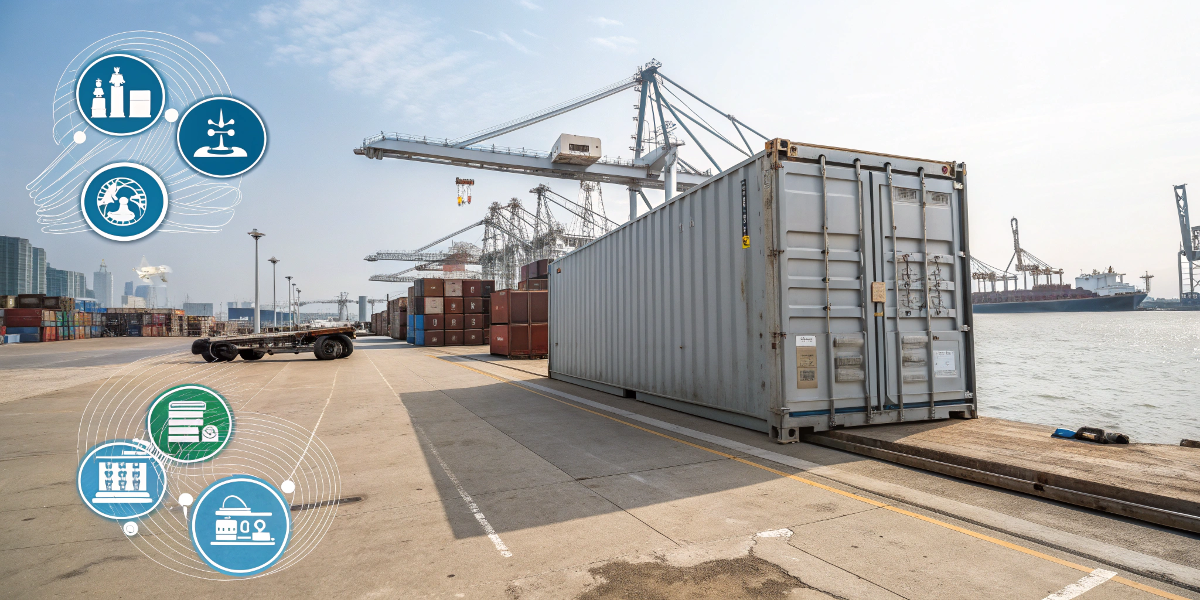
The "price" has many parts. A project manager once chose a supplier based on a very low EXW price. She didn't realize EXW meant she had to arrange and pay for everything from the factory door in China. The inland trucking, export documents, and ocean freight added nearly 30% to her total cost. She learned a tough lesson about shipping terms that day.
Understanding Shipping Terms (Incoterms)
These terms define the responsibilities between the buyer and seller for shipping. Knowing the difference is critical for accurate budgeting.
| Term | Factory Responsibility | Your Responsibility |
|---|---|---|
| EXW | Makes goods available at their factory door. | Everything else: local transport, export, shipping, import. |
| FOB | Delivers goods to the port and loads them on the ship. | Ocean freight, insurance, import, and local delivery. |
| CIF | Pays for shipping and insurance to your country's port. | Import customs clearance and local delivery. |
For most buyers like Phoebe, FOB is the best balance. It gives you control over the main shipping cost without the hassle of handling export paperwork in a foreign country. Always ask your supplier for an FOB price to get a clearer picture of your costs, and then work with a freight forwarder to estimate the rest.
Conclusion
Avoiding these four mistakes—understanding production terms, demanding quality control, choosing the right material, and calculating your real cost—will save you money and ensure a successful product launch.’
